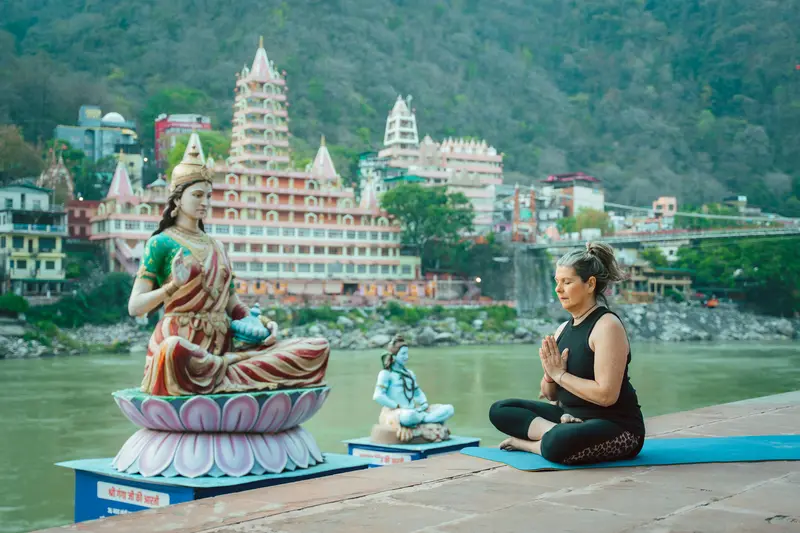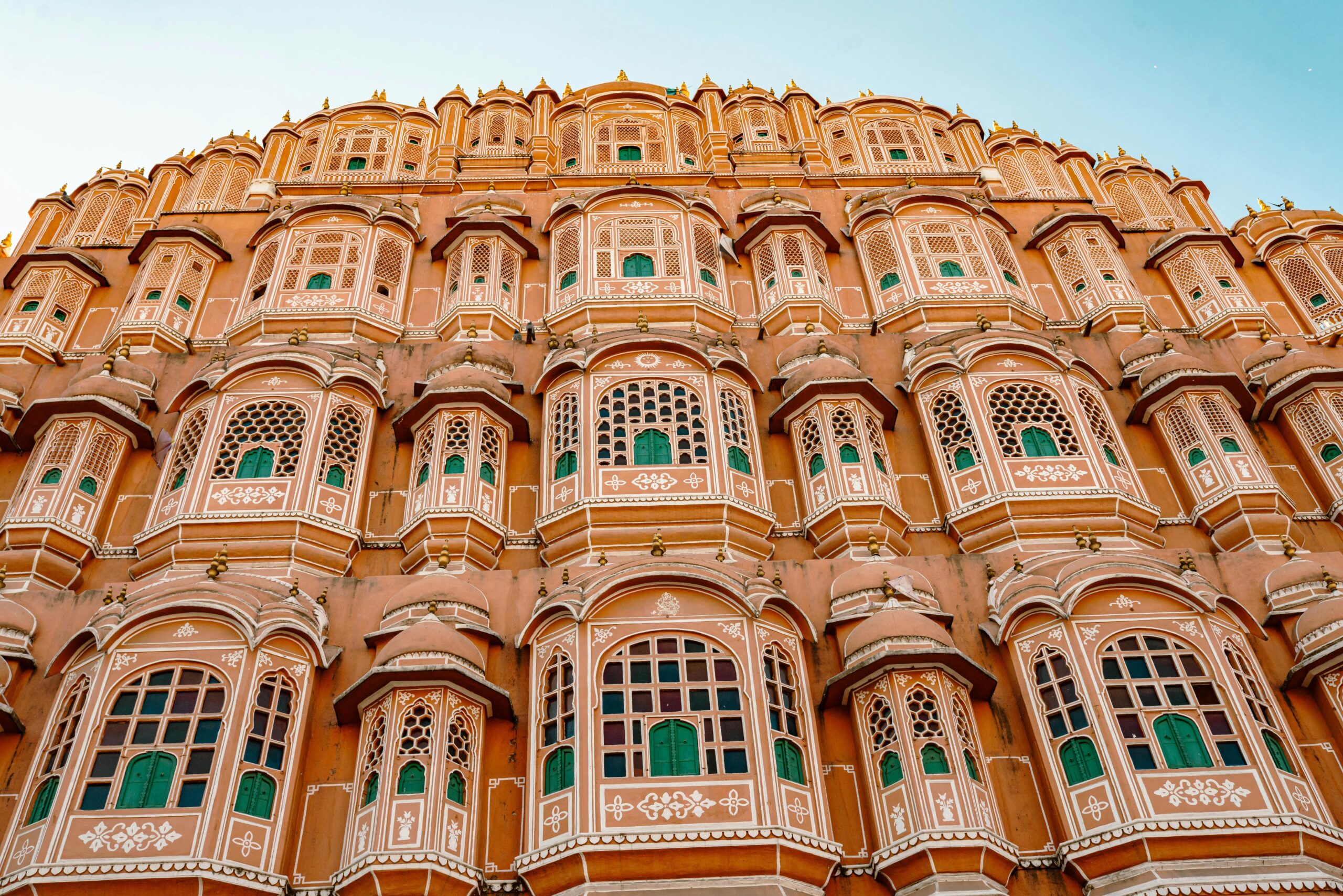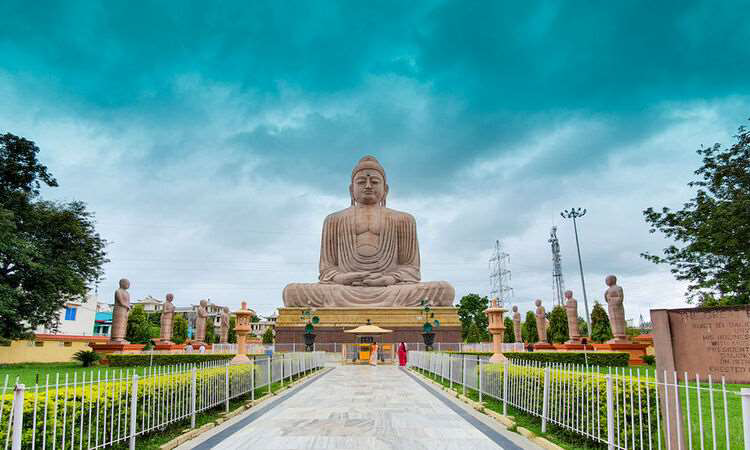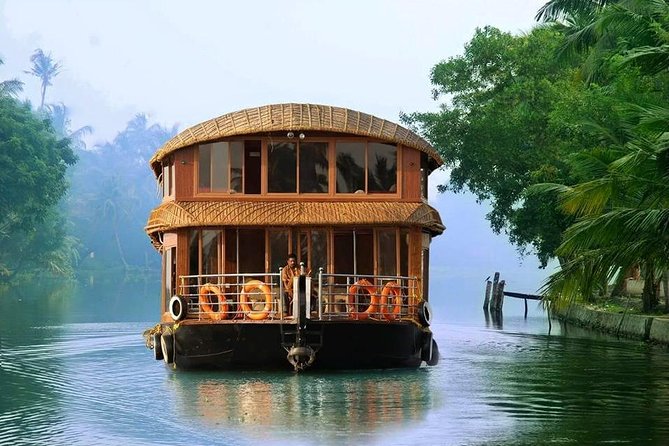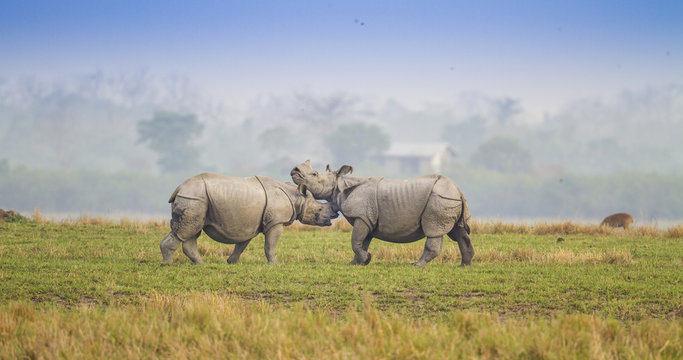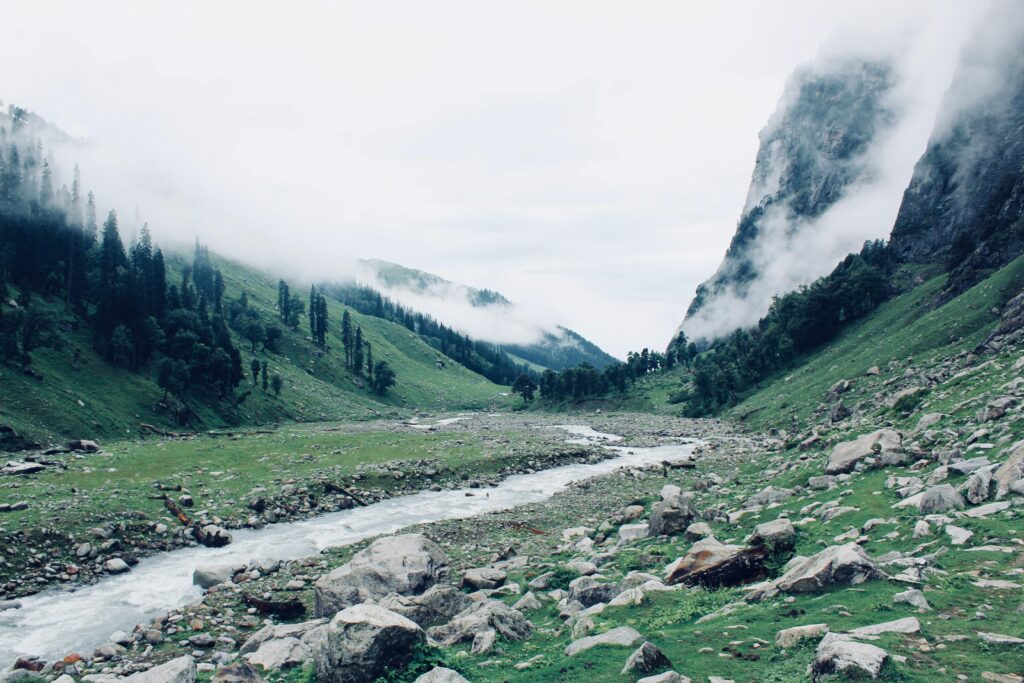
Duration: 8 Days
Cities Covered:
Shimla – Pragpur – McLeodganj – Dalhousie
Himachal Pradesh is not just a land of mountains and pine valleys—it’s a living museum of art, architecture, and culture that has evolved over centuries. The Culture And Heritage Trail in Himachal brings together the essence of its royal legacy, colonial charm, and spiritual serenity. This trail reveals a region where every town, monastery, and village holds stories that blend Himalayan traditions with historical grandeur. From the old-world elegance of Shimla to the spiritual calm of McLeodganj, the journey unveils the heritage heartbeat of Himachal.
Shimla: The Colonial Gem of the Hills
Shimla, once the summer capital of British India, is where the journey begins. The town’s Victorian architecture, stately churches, and charming promenades still reflect the British era’s grandeur. The Ridge, Christ Church, and the colonial bungalows scattered across the hills preserve an age-old charm. Yet, beneath the colonial exterior lies Himachal’s native warmth—folk music, local cuisine, and vibrant handicrafts that enrich the town’s cultural rhythm. Walking through Shimla’s Mall Road feels like stepping into a blend of history and harmony, where the echoes of the past meet the hum of mountain life.
Pragpur: The Heritage Village of Kangra Valley
A drive from Shimla leads to Pragpur, India’s first heritage village, tucked away in the heart of the Kangra Valley. Its cobbled lanes, mud-plastered walls, and traditional havelis showcase Himachal’s rural artistry at its finest. The Judge’s Court, a colonial mansion converted into a heritage stay, captures the architectural essence of the 19th century. Local artisans continue to preserve traditional crafts such as metalwork, embroidery, and pottery. The serenity of Pragpur offers a rare window into authentic Himachali life—simple, soulful, and steeped in cultural pride.
McLeodganj: The Tibetan Heartbeat of Himachal
McLeodganj stands as a vibrant blend of Himachali and Tibetan cultures. Nestled in the shadow of the Dhauladhar Range, it’s home to the Dalai Lama and a thriving Tibetan community. The town’s monasteries, prayer flags, and aromatic cafés radiate a sense of peace that transcends borders. The Namgyal Monastery and Tsuglagkhang Complex form the spiritual core, while Tibetan handicrafts and thangka paintings keep ancient traditions alive. Festivals and chanting ceremonies create a deep connection between spirituality and everyday life, making McLeodganj a meaningful stop on the Culture And Heritage Trail in Himachal.
Dalhousie: The Colonial Retreat with a Soul
Perched on five rolling hills, Dalhousie is a charming reminder of the Raj era, known for its old churches, pine forests, and sweeping mountain views. St. John’s Church and Subhash Baoli carry an air of nostalgia, while the colonial cottages along the roadsides whisper stories of the past. The influence of Scottish and Victorian architecture blends gracefully with the local culture. The town’s calm pace, coupled with Himachali hospitality, gives travelers a sense of timelessness. The nearby Chamba Valley, rich in temples and folklore, adds a layer of depth to the cultural mosaic of this region.
Experiencing Himachal’s Living Heritage
Beyond its famous hill stations, Himachal thrives through its people and traditions. Folk songs echo through the valleys, handwoven shawls carry the warmth of the highlands, and local festivals bring communities together in vibrant celebration. The journey through Shimla, Pragpur, McLeodganj, and Dalhousie unfolds not just architectural marvels but a living connection to the past. From Buddhist chants to colonial echoes, the trail celebrates the diversity that defines Himachal’s identity.
Conclusion
The Culture And Heritage Trail in Himachal offers more than scenic views—it reveals a living narrative of history, faith, and art woven together through time. Each destination holds a distinct cultural rhythm, reflecting the soul of the Himalayas in its truest form. Traveling with Ashoka Holidays means experiencing this harmony authentically—through stories, architecture, and people who carry the legacy of Himachal in every smile and song.
People Also Ask
What is the Culture and Heritage Trail in Himachal?
It’s a curated travel route highlighting the art, architecture, and living traditions of Himachal’s most historic towns such as Shimla, Pragpur, McLeodganj, and Dalhousie.
Why is Pragpur called a heritage village?
Pragpur earned this title for preserving traditional Himachali architecture, cobbled streets, and ancestral homes that date back to the 19th century.
What makes McLeodganj culturally unique?
McLeodganj beautifully blends Tibetan spirituality with Himachali traditions, making it a global center for Buddhist learning and cultural exchange.
Which is the best time to follow the Culture and Heritage Trail in Himachal?
The ideal months are March to June and September to November, when the weather is pleasant for travel and local festivals are in full swing.
What are some famous heritage structures in Shimla?
The Ridge, Gaiety Theatre, Christ Church, and the Viceregal Lodge are among Shimla’s most iconic heritage sites.
Is Dalhousie part of the British colonial heritage?
Yes, Dalhousie was established by the British in the 19th century as a summer retreat, and its architecture still reflects colonial elegance.
Are there cultural festivals in Himachal that travelers can experience?
Yes, events like Minjar Fair in Chamba and Losar Festival in McLeodganj showcase Himachal’s vibrant cultural spirit.
What kind of crafts can be found on this trail?
Travelers can find traditional Himachali shawls, metalwork, pottery, wood carvings, and Tibetan thangkas made by local artisans.


